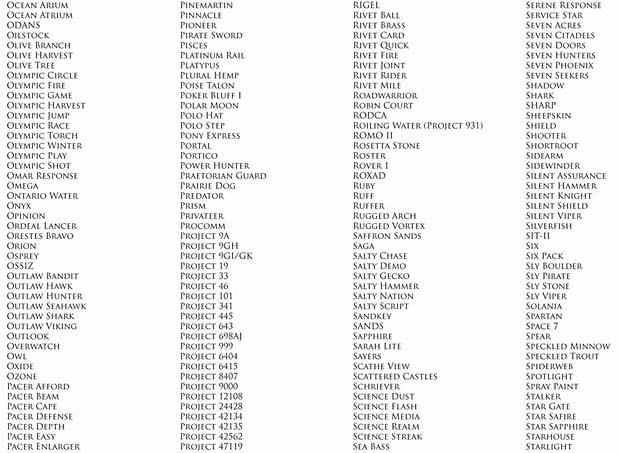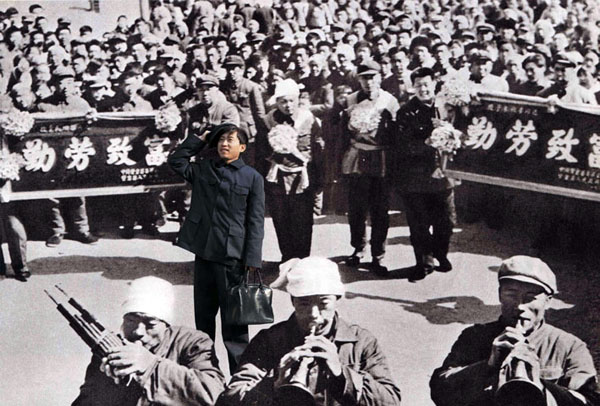
From the series “A Cage Went in Search of a Bird” by Sreshta Rit Premnath.

“Dead Military Satellite (DMSP 5D-F11) Near the Disk of the Moon”, 2010 by Trevor Paglen.
Trevor Paglen talking at google about America’s black sites, classified projects, secret military patches…

»Symbology (Volume I)«, 2006 by Trevor Paglen. Military culture is filled with a totemic visual language consisting of symbols and insignia that signify everything from various unit and command affiliations to significant events, and noteworthy programs. A typical uniform will sport patches identifying its wearer’s job, program affiliation, achievements and place within the military hierarchy. These markers of identity and program heraldry begin to create a peculiar symbolic regime when they depict one’s affiliation with what defense-industry insiders call the “black world” – the world of classified programs, projects, and places, whose outlines, even existence, are deeply-held secrets. Nonetheless, the Pentagon’s “black world” is replete with the rich symbolic language that characterizes other, less obscure, military activities. The symbols and insignia shown in the Symbology series provide a glimpse into how contemporary military units answer questions that have historically been the purview of mystery cults, secret societies, religions, and mystics: How does one represent that which, by definition, must not be represented?

Detail from “Code Names“, 2005 by Trevor Paglen. “Code Names” is a list of words, phrases, and terms that designate active military programs whose existence or purpose is classified.

»Flolowing the example of Fengyang, and striving to remove the label of poverty«, 2004 by Jin Shan.

“Fake Chalets” – swiss bunkers disguised as chalets. Photos by Christian Schwager.